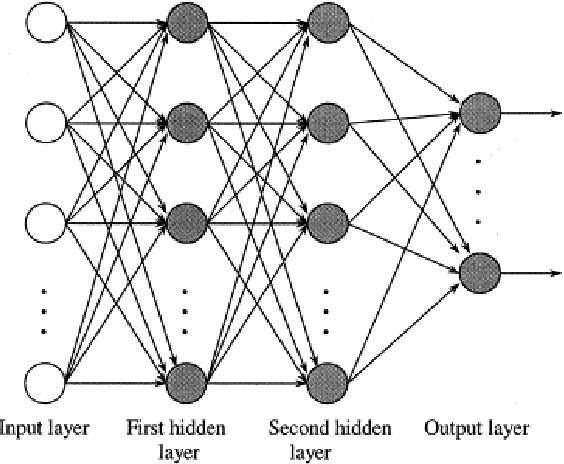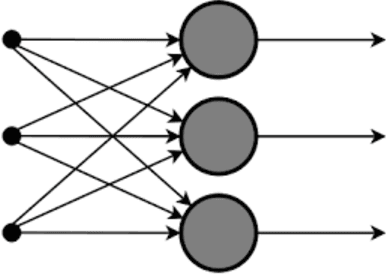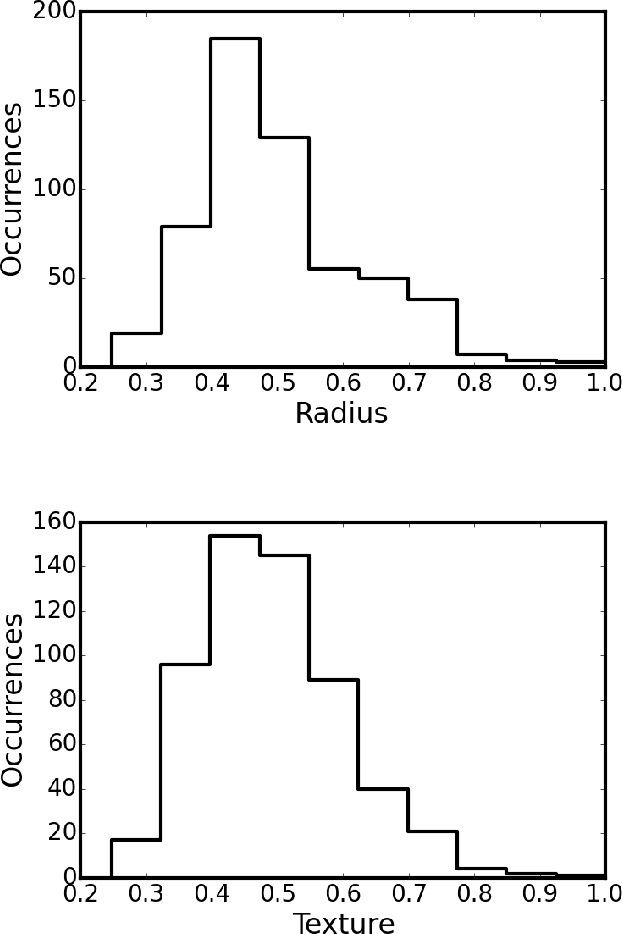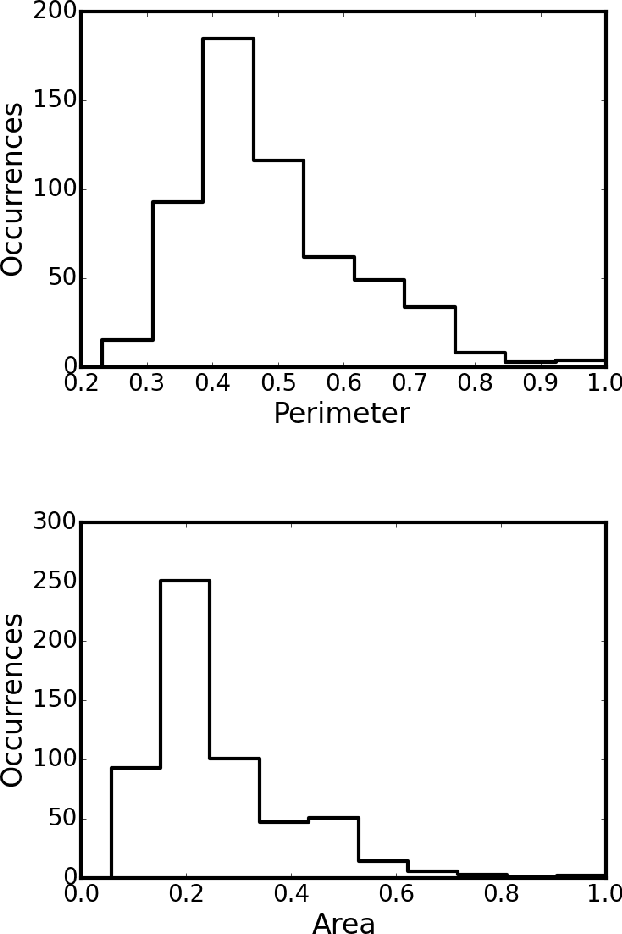Breast Cancer Diagnosis by Higher-Order Probabilistic Perceptrons
Paper and Code
Dec 15, 2019



A two-layer neural network model that systematically includes correlations among input variables to arbitrary order and is designed to implement Bayes inference has been adapted to classify breast cancer tumors as malignant or benign, assigning a probability for either outcome. The inputs to the network represent measured characteristics of cell nuclei imaged in Fine Needle Aspiration biopsies. The present machine-learning approach to diagnosis (known as HOPP, for higher-order probabilistic perceptron) is tested on the much-studied, open-access Breast Cancer Wisconsin (Diagnosis) Data Set of Wolberg et al. This set lists, for each tumor, measured physical parameters of the cell nuclei of each sample. The HOPP model can identify the key factors -- input features and their combinations -- most relevant for reliable diagnosis. HOPP networks were trained on 90\% of the examples in the Wisconsin database, and tested on the remaining 10\%. Referred to ensembles of 300 networks, selected randomly for cross-validation, accuracy of classification for the test sets of up to 97\% was readily achieved, with standard deviation around 2\%, together with average Matthews correlation coefficients reaching 0.94 indicating excellent predictive performance. Demonstrably, the HOPP is capable of matching the predictive power attained by other advanced machine-learning algorithms applied to this much-studied database, over several decades. Analysis shows that in this special problem, which is almost linearly separable, the effects of irreducible correlations among the measured features of the Wisconsin database are of relatively minor importance, as the Naive Bayes approximation can itself yield predictive accuracy approaching 95\%. The advantages of the HOPP algorithm will be more clearly revealed in application to more challenging machine-learning problems.
 Add to Chrome
Add to Chrome Add to Firefox
Add to Firefox Add to Edge
Add to Edge